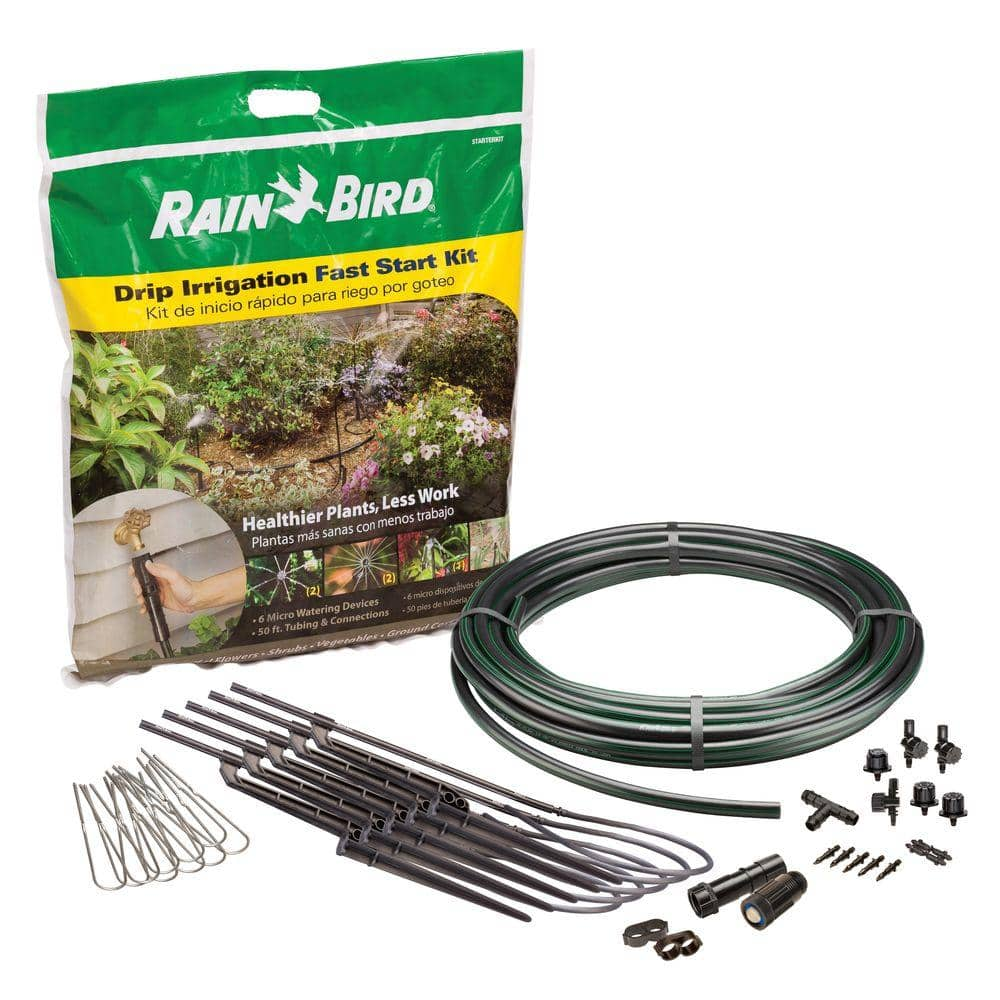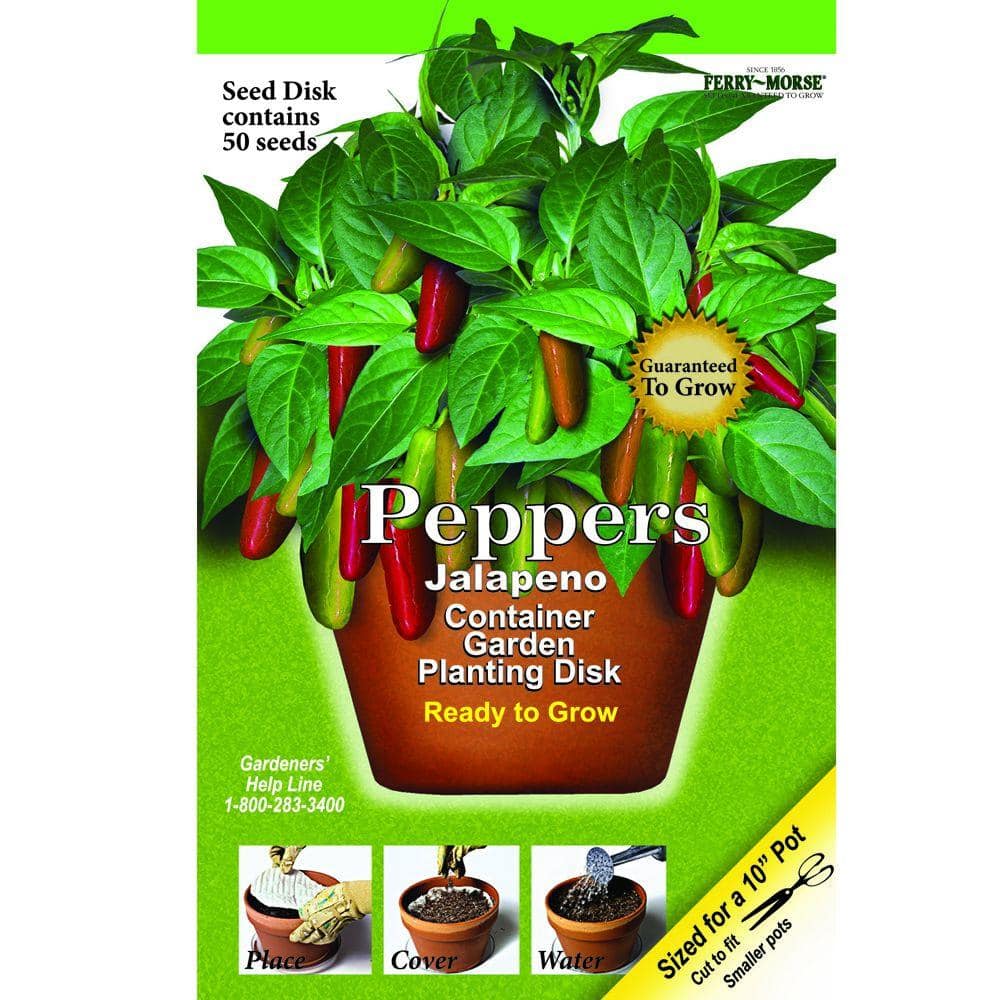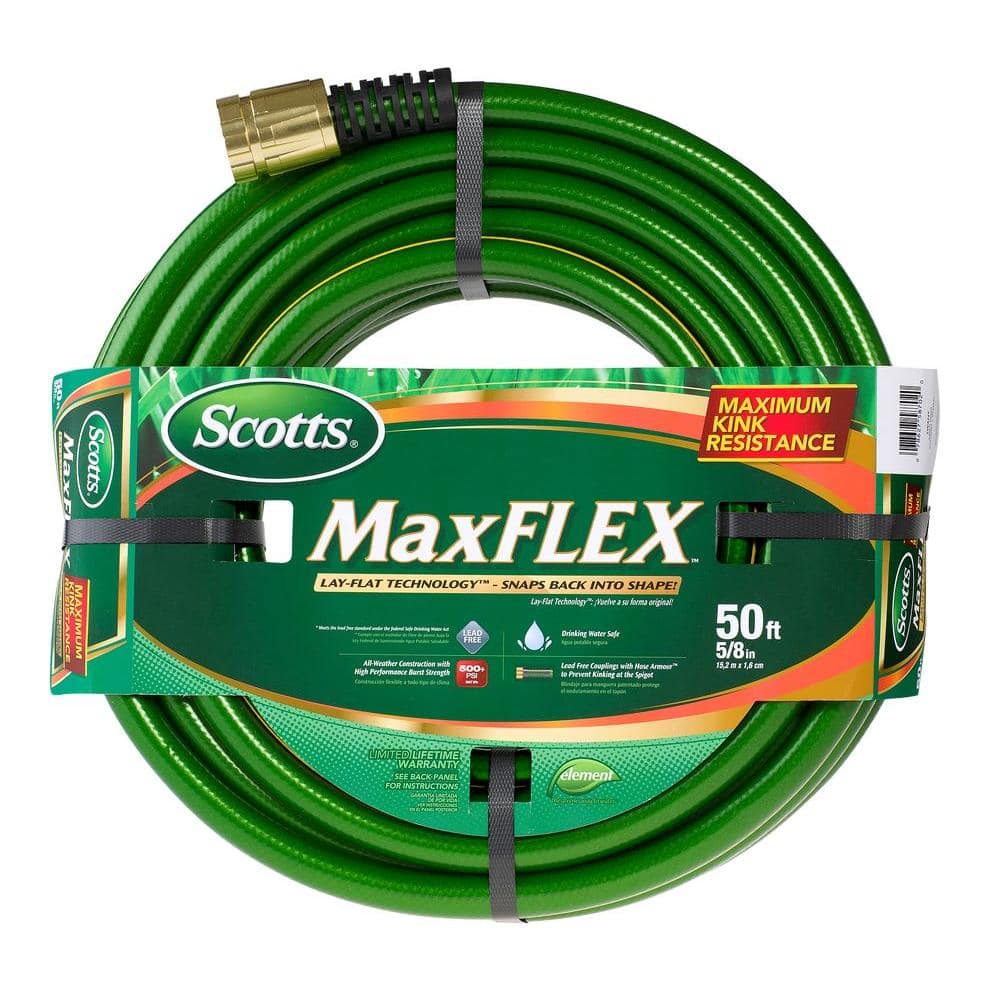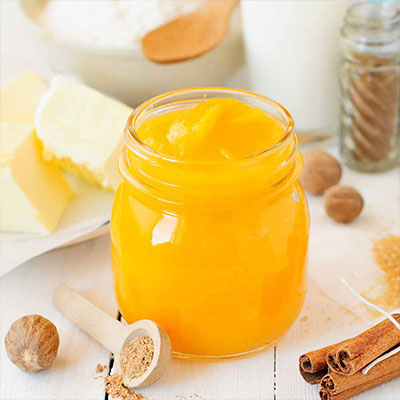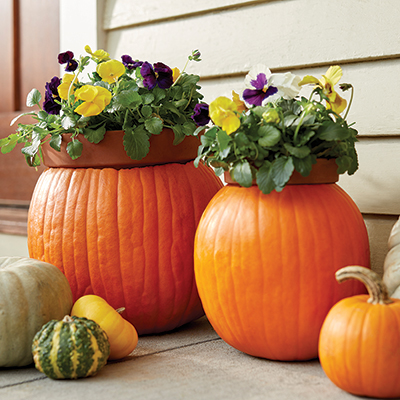How to Grow Pumpkins
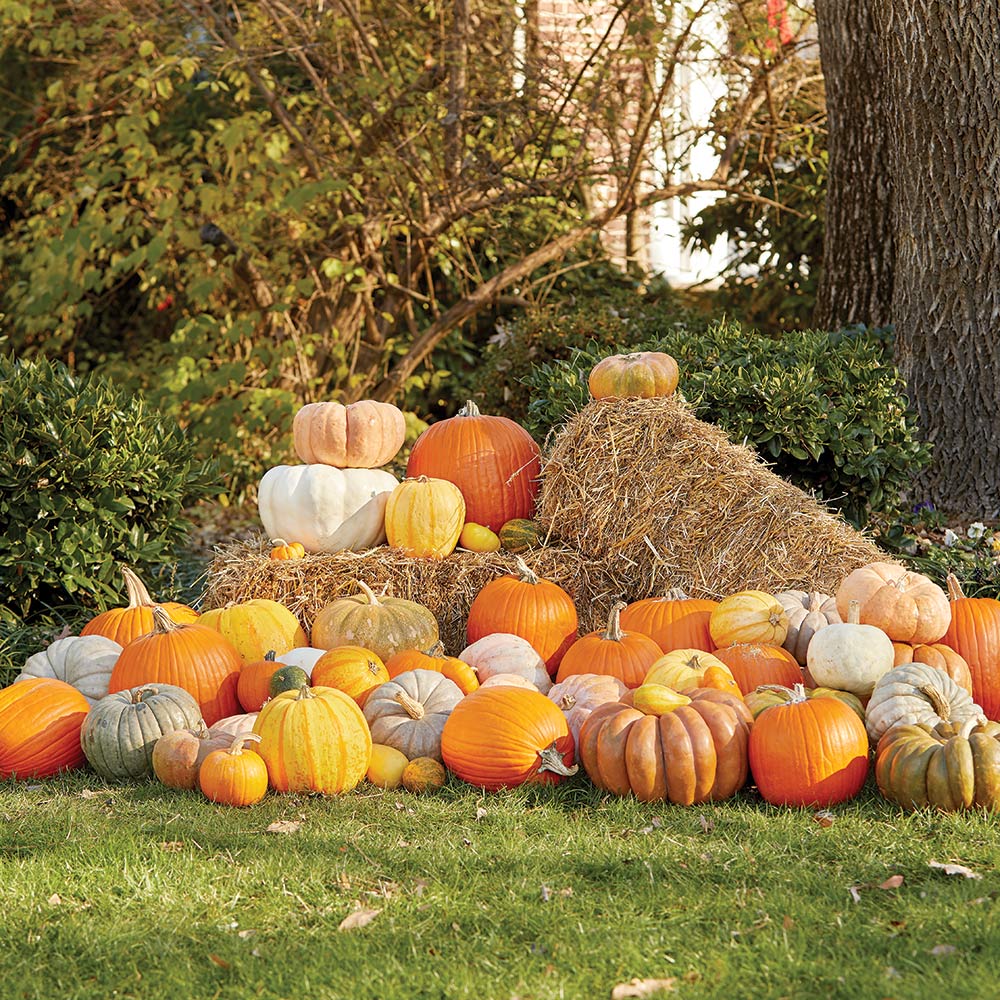
Last updated September 4, 2024
Nothing says fall food and festivities like pumpkins. Pumpkins add decorative flair to a porch or a spooky Halloween centerpiece. The right type of pumpkin can make all the difference in holiday pies or autumn soups. You don’t have to be a master gardener, to achieve a good pumpkin crop.
Learning how to grow pumpkins is a great garden project for kids. Read on to learn more about the types of pumpkins and get the steps to grow your own.
Table of Contents
How to Plant Pumpkins
Germinate Your Pumpkin Seeds
Choose Your Planting Spot
Plant Your Pumpkin Sprouts
Caring for Growing Pumpkins
Harvest and Store Your Pumpkins
How to Plant Pumpkins
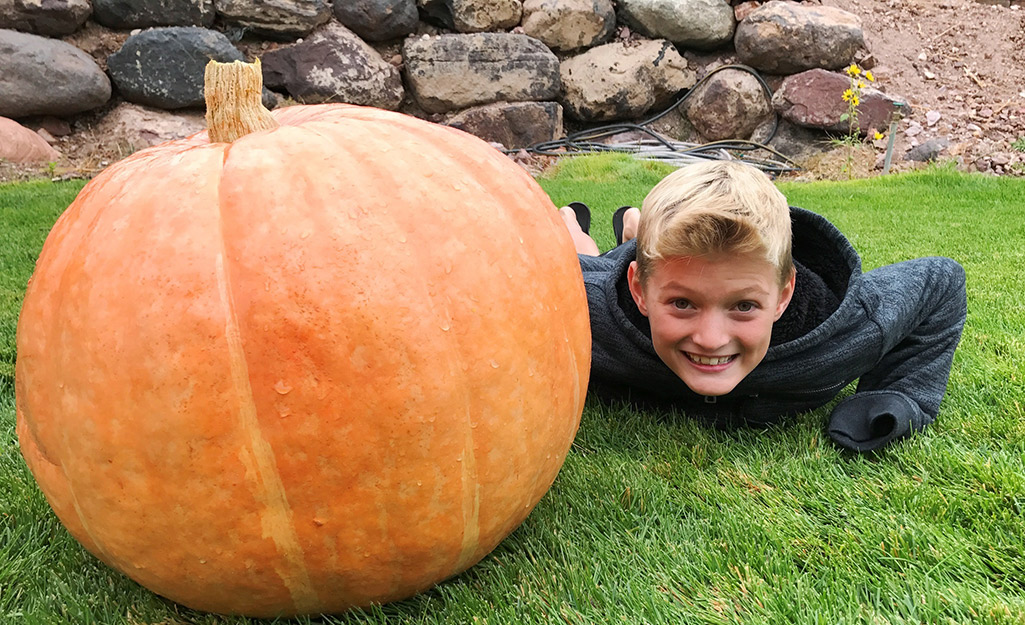
Learning how to grow pumpkins starts with picking a type. Pumpkins come in many different shapes, sizes, and even colors. Check seed packets for days to maturity for the varieties you want to grow.
- Classic Jack-O'-Lantern pumpkins are big enough for carving, plus have a flavorful pulp for cooking.
- Atlantic Giant is one of the largest pumpkins. It has a bland flavor but is perfect for decorating and carving.
- Sugar Pie is small with sweet flesh that’s ideal for pies and soups.
- White Lumina are bright white and make for striking fall decor.
- Cotton Candy has a unique glossy, milky color and oval shape. It has a sweet flavor.
Tip: Before planting, find out which varieties are best for pumpkin growing in your area.
Germinate Your Pumpkin Seeds
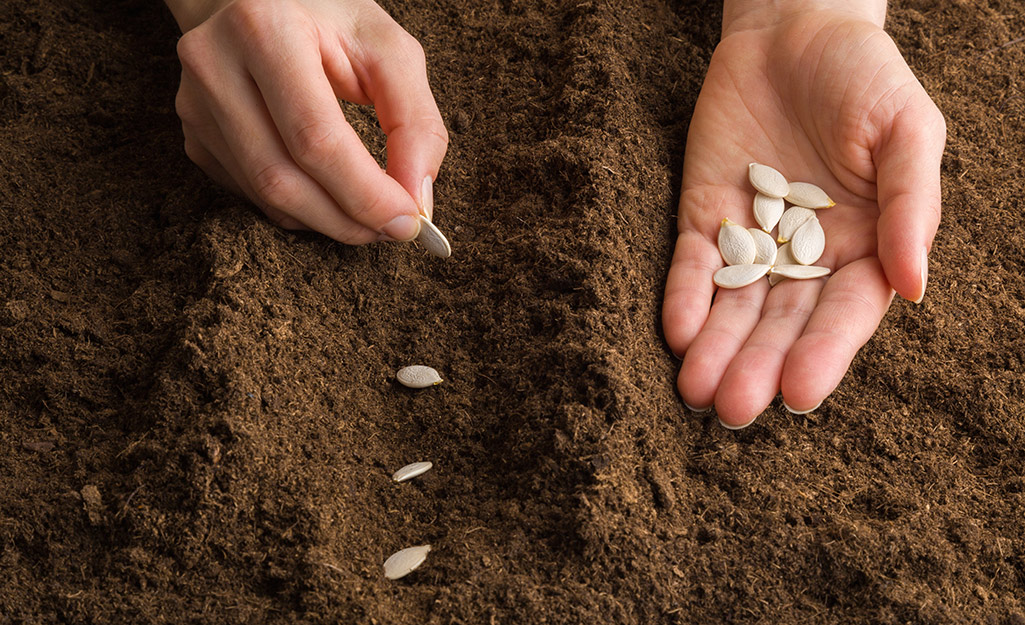
There are many benefits to learning how to grow pumpkins from seed. For example, seeds require less investment than seedlings. Pumpkins grown from seeds are often more resilient to pests and diseases. Plus, you can try out different varieties of pumpkins at the same time.
You can germinate your seeds in seed trays or in your garden. First, prepare your soil and moisten it. Sow seeds in hills 9 to 12 inches tall and a foot across. Keep the top of each hill flat, not mounded. This way water can reach the young plants. Cover the seeds lightly with more soil. Water them until the surface is damp. It usually takes about 7-10 days for seeds to germinate.
Choose Your Planting Spot
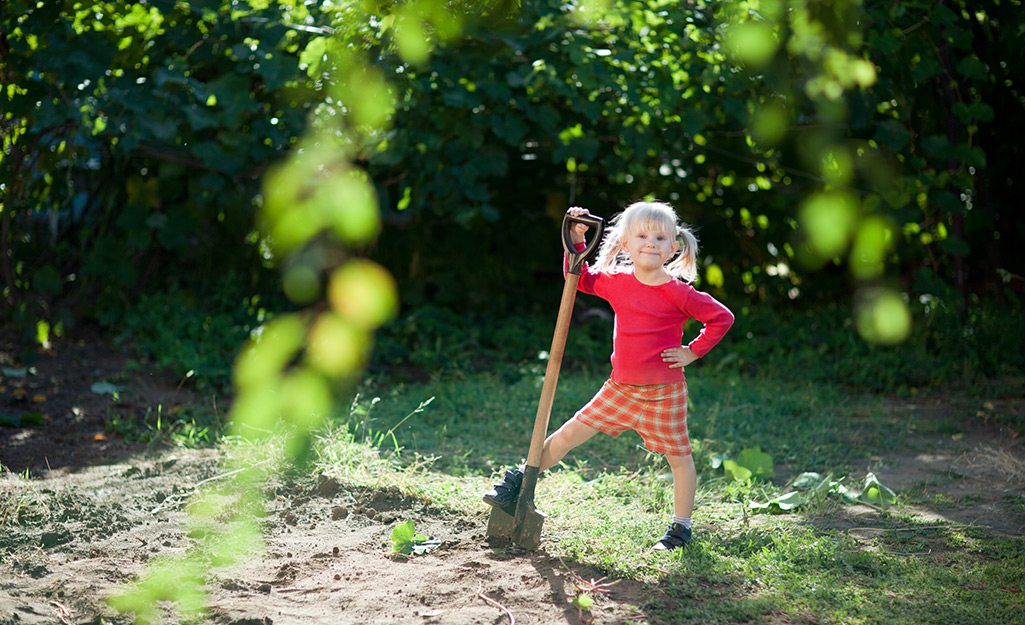
Pumpkin growing starts with choosing a location with plenty of sunlight, at least six to eight hours a day. It's important to plant pumpkins in well-drained soil with plenty of nutrients. They thrive in a loamy texture that drains quickly but still retains moisture. If necessary, add compost to improve the soil’s quality. A good rule of thumb is to allow at least 10 square feet of growing area per pumpkin. If you're planting several different kinds of pumpkins in the same patch, allow more room per variety. Test the soil pH with a pH meter or test kit. Pumpkins prefer a soil pH range between 6 and 7.
Plant Your Pumpkin Sprouts
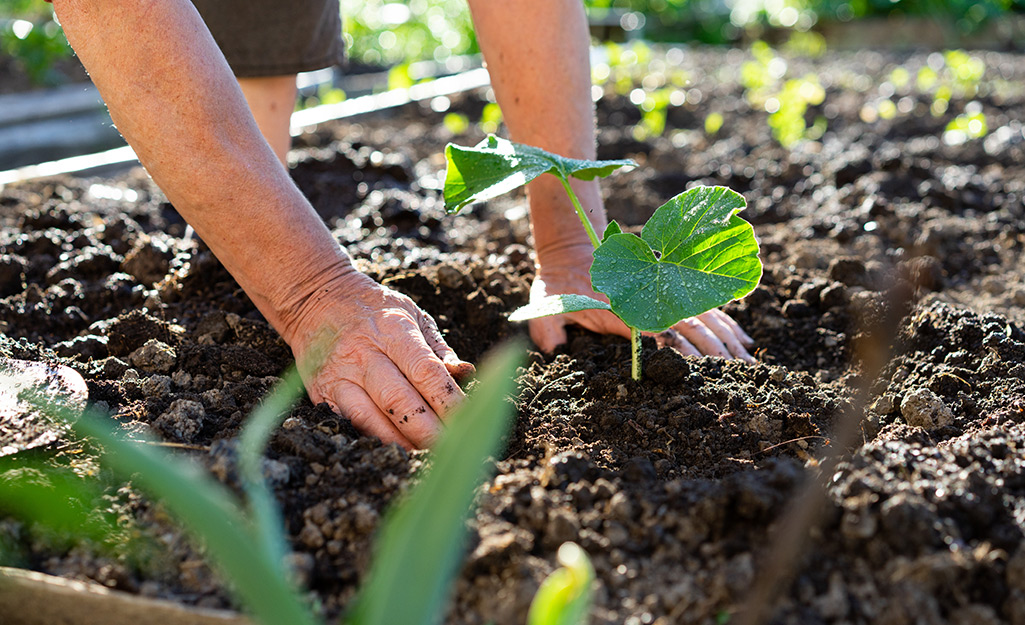
When plants are about an inch tall, it’s time to thin them to no more than three plants per hill. When vines are 3 inches high, thin to the strongest plant in each hill. Use few inches of organic mulch to suppress weeds and retain moisture. Add a light layer of organic compost to help boost production in your pumpkin growing patch.
Tip: Most varieties of pumpkins do well in hills at least 2 feet apart. However, follow recommendations on the seed packet.
Caring for Growing Pumpkins
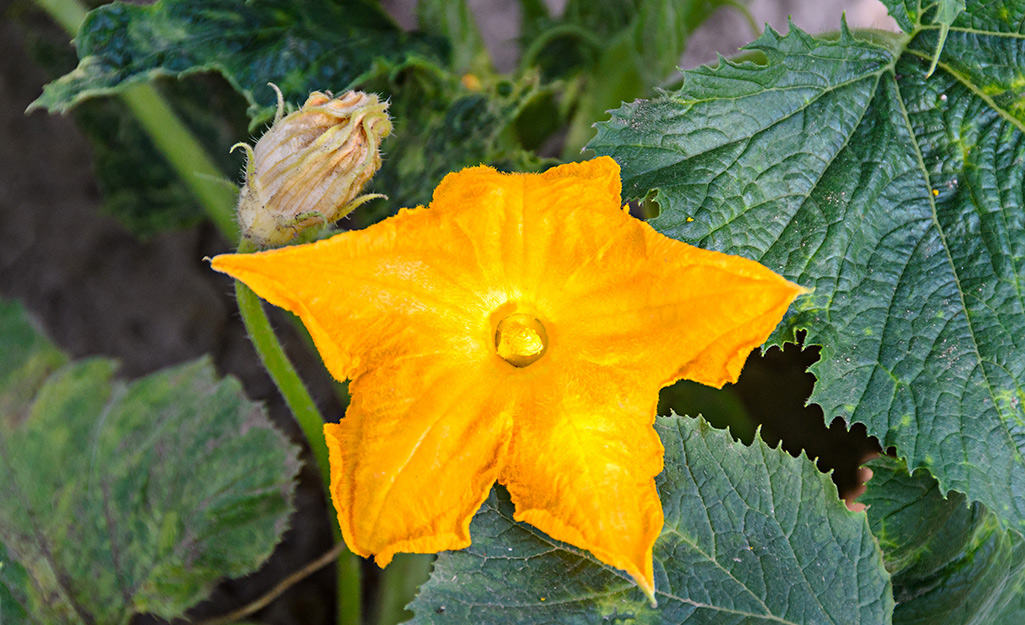
Pumpkin growing requires a lot of water. Allow for 1 to 2 inches of water a week. Focus the spray on the plant’s roots and avoid its leaves. This will help prevent fungus. Or consider using a drip irrigation system or a soaker hose on a timer to regulate watering.
- A high-phosphorus fertilizer will help plants produce more fruit.
- Add a piece of wood or cardboard under growing fruit to prevent rot on the bottom.
- Periodically look plants over to treat any pest problems.
Harvest and Store Your Pumpkins
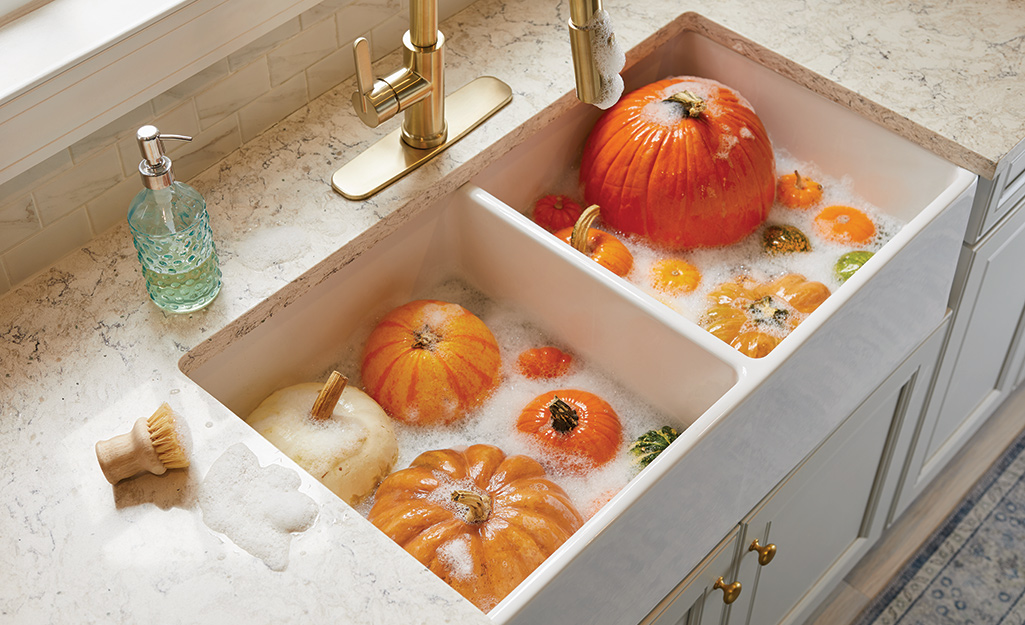
Pumpkins are ready to harvest when you scratch the rind with a fingernail but can’t puncture the skin. Pumpkins need to be cured before using or storing. Here’s how to harvest and cure pumpkins:
- Use a knife to cut the pumpkin from the vine. Cut at least 3 inches from the fruit.
- Wash rind with cool, soapy water.
- Using a soft cloth, wipe each one with a solution of one part bleach to 10 parts water.
Curing encourages rinds to harden. This helps them store longer when moved to a cooler place. Cure pumpkins for a week either indoors, near a warm, sunny window, in a heated bathroom or on a sun-drenched, south-facing spot on your deck or patio.
What to Do With Your Pumpkins After Harvest
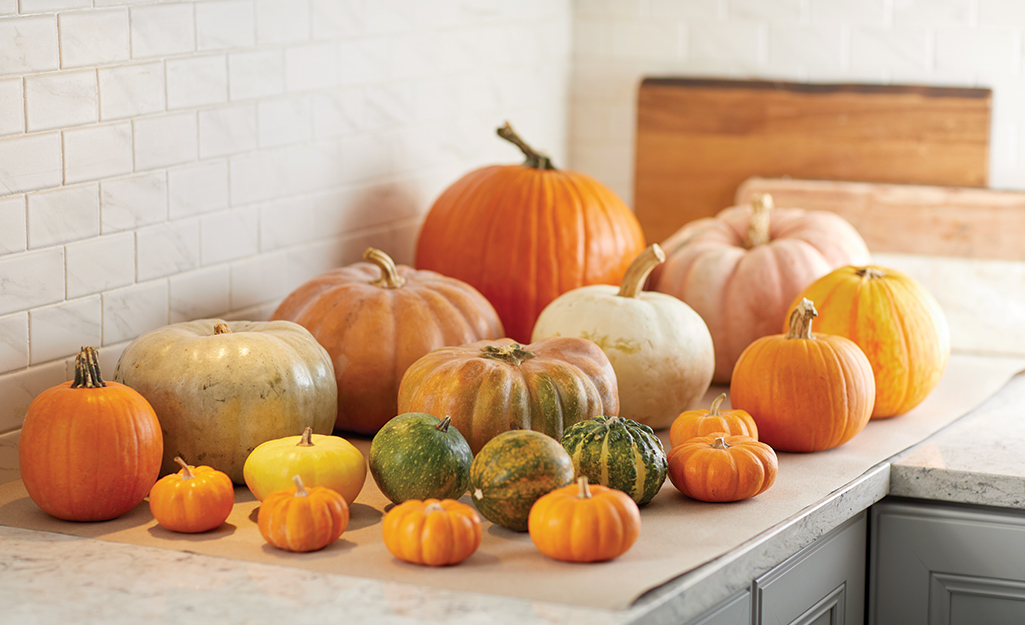
Store your cured pumpkins in an unheated basement or cool room where the temperature is around 55 degrees Fahrenheit. Check every two weeks and immediately cook fruit that is soft or discolored.
Here’s a few ideas for what to do with pumpkins after you harvest them.
- Cut the pumpkin up and use it to make puree for soups, pies or stews. Scrape out the pumpkin seeds. Clean and roast them for a healthy seasonal snack.
- For a perfect way to greet trick-or-treaters, carve larger pumpkins into spooky jack-o-lanterns and add flameless candles.
- Bring a traditional festive touch to outdoor fall decor by painting pumpkins. Display them at your entryway or in your garden.
- Use smaller pumpkins to fill bowls and glass containers for a holiday centerpiece.
Learning how to grow pumpkins properly can lead to a bumper crop that’s ready for fall carving and cooking. Choose a type of pumpkin that works for your needs and area. Pick a sunny spot for your pumpkin growing patch and water it well. Harvest when they’re ripe and store them properly. Whether you need the right planters, seeds or garden soil, The Home Depot delivers online orders when and where you need them.
